Why Does the "AUX" Setting on my Thermostat Come on and What Does it Mean?
"Aux" is short for auxiliary heat. If you have "aux" light on your thermostat, it means your air conditioning/heating system is a heat pump system.
How does your heat pump heat your house why do I have auxiliary heat?
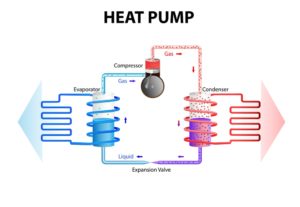 Have you ever gone outside in the summer and put your hand over the condensing unit? What did you feel? Hot air is blown out. Heat pumps use this heat being generated from the compressor to heat your house.
Have you ever gone outside in the summer and put your hand over the condensing unit? What did you feel? Hot air is blown out. Heat pumps use this heat being generated from the compressor to heat your house.
With a heat pump, there is a valve in the condensing unit that reverses the flow of the refrigerant in the system. In the heating mode, the hot air being generated by the heat of compression of the system and is directed inside to heat your house. This is efficient because it is much cheaper to operate the compressor than to energize the electric heat strip.
There is a drawback to a heat pump though. A heat pump starts to lose efficiency below about 40 degrees outside temperature. This is called the balance point. It can not keep up with the needed heating capacity for your house at this temperature.
When the thermostat setting has a differential of temperature that is too large, the electric heat strip energizes. For example - You just walk into the house, and it is 65 degrees inside. You set the thermostat to 70 degrees. There is a 5-degree difference between the ambient room temperature and the actual set point of the temperature desired.
Because of this, the unit will energize all the heat available to quickly generate as much heat as possible; this includes energizing the electric heat strip, or auxiliary heat also called emergency heat AND the heat pump mode. As the temperature of the room nears the actual set point of the thermostat, The auxiliary heat will de-energize and will drop out of the circuit leaving only the heat pump operating.
Another situation the auxiliary heat would kick in. It is unusually cold outside. The thermostat is set to 70 degrees. The heat pump mode is operating but can not keep up. The temperature drops to 68 degrees inside. The auxiliary heat would kick in at this point to help maintain the temperature in the space.
 The thermostat is what determines when the auxiliary heat is energized. The differential from the thermostat set point is what determines when the auxiliary/ emergency heat energizes. The differential is adjustable in many thermostats, but it is usually about 1.5 to 2 degrees differential from the actual thermostat set point.
The thermostat is what determines when the auxiliary heat is energized. The differential from the thermostat set point is what determines when the auxiliary/ emergency heat energizes. The differential is adjustable in many thermostats, but it is usually about 1.5 to 2 degrees differential from the actual thermostat set point. So, for example, the thermostat is set for 70 degrees, if the temp of the room is 68.5 degrees to 68 degrees. Which is 1.5 to 2 degrees lower than thermostat set point - the electric heat or auxiliary heat would then come on to make up the temperature difference.
Once it gets close to the actual setpoint, the aux heat de-energizes and the heat pump mode of the system remains operating to generate heat and will shut off if the temperature is satisfied.
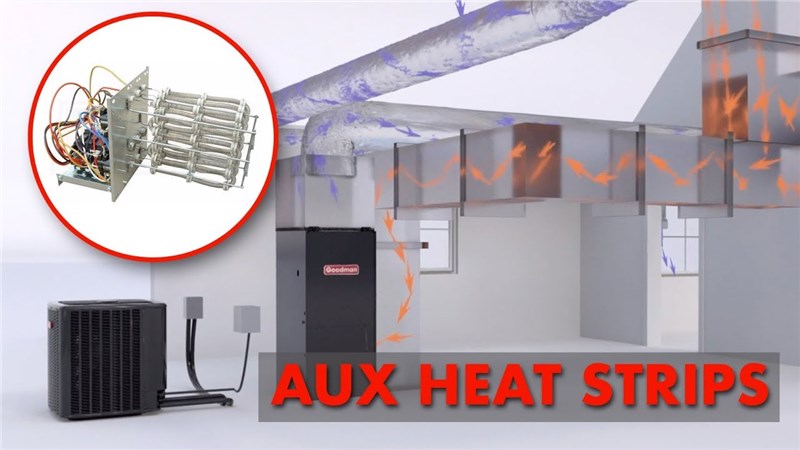
Another reason you may see the auxiliary/emergency heat come on is when it is unusually cold outside for an extended time. In the heat pump mode if you were to go outside and feel the air coming out of the condensing unit you find it is blowing out cold air. If the air temperature is cold enough, long enough the condenser coil outside actually will form a heavy frost or even ice up.
When this happens, the heat pump system loses efficiency. A control board in the system checks to see if this has occurred. If it senses frost or ice build-up, the system goes into defrost mode. The system switches the reversing valve and turns the air conditioner on. Remember earlier when asked if you ever felt the heat when you placed your hand over the condensing unit in the summer? You felt the heat being rejected out of the condensing unit.
This is the correct setpoint for normal heat operation. Auxilary will cycle as needed.

So let's recap :
- Aux on the thermostat stands for auxiliary heat.
- Auxiliary heat is the electric heat strip in your air handler that is supplemental heat. Emergency heat is the same thing as auxiliary heat.
- Auxiliary heat/ Emergency heat helps the heat pump keep up when cold outside or the temperature differential on the thermostat is large.
- Auxiliary heat/emergency heat will come on when the heat pump is in defrost.
Subscribe to Air Zero's Blog



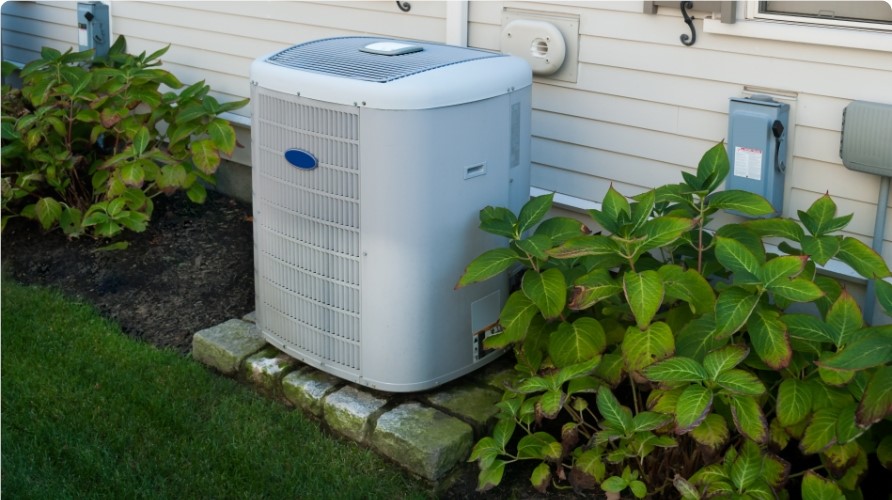

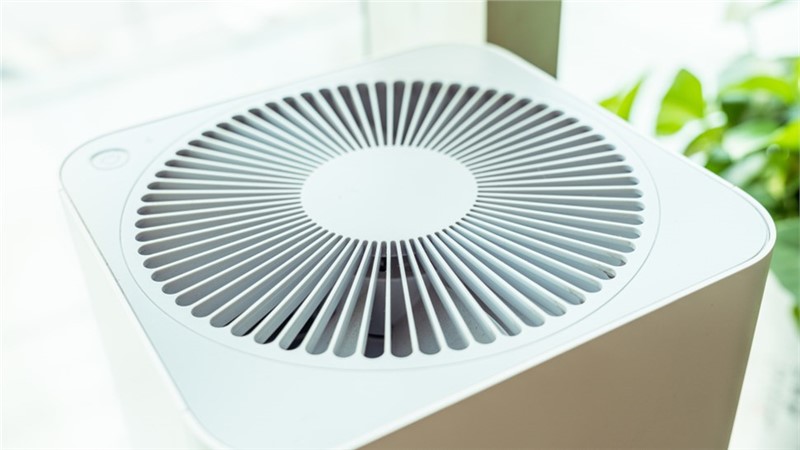
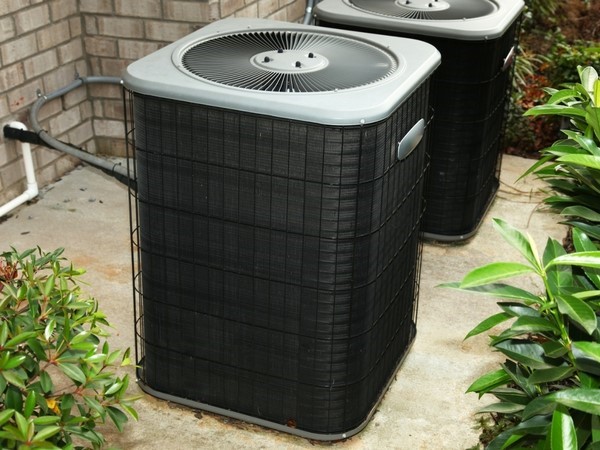
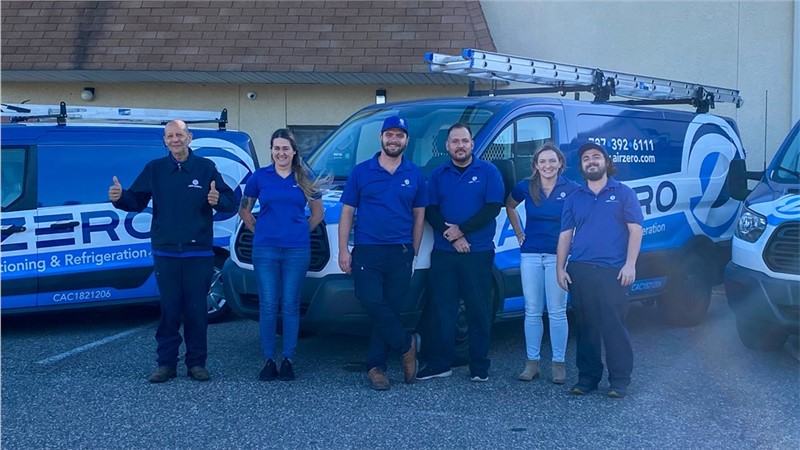

Comments